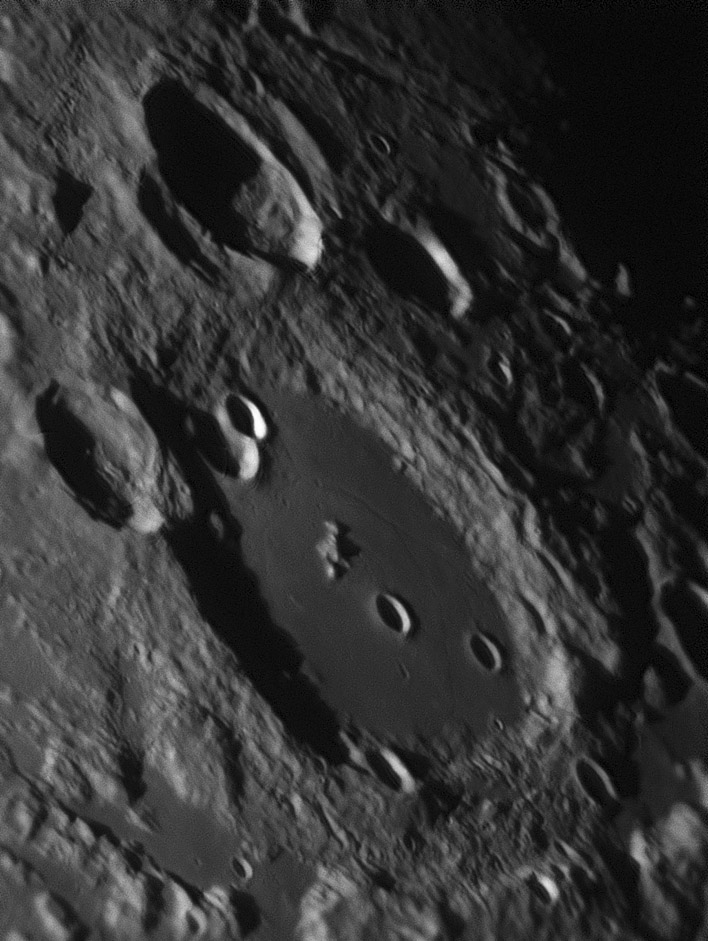Difference between revisions of "August 4, 2013"
| Line 1: | Line 1: | ||
__NOTOC__ | __NOTOC__ | ||
=Cleo 3= | =Cleo 3= | ||
| − | |||
<!-- ws:start:WikiTextHeadingRule:0:<h1> --> | <!-- ws:start:WikiTextHeadingRule:0:<h1> --> | ||
<!-- ws:start:WikiTextLocalImageRule:6:<img src="/file/view/LPOD-Aug4-13.jpg/443322920/LPOD-Aug4-13.jpg" alt="" title="" /> -->[[File:LPOD-Aug4-13.jpg|LPOD-Aug4-13.jpg]]<!-- ws:end:WikiTextLocalImageRule:6 --><br /> | <!-- ws:start:WikiTextLocalImageRule:6:<img src="/file/view/LPOD-Aug4-13.jpg/443322920/LPOD-Aug4-13.jpg" alt="" title="" /> -->[[File:LPOD-Aug4-13.jpg|LPOD-Aug4-13.jpg]]<!-- ws:end:WikiTextLocalImageRule:6 --><br /> | ||
| − | <em>image by [mailto:aerts.leo@skynet.be Leo Aerts], Belgium</em><br /> | + | <em>image by [mailto:aerts.leo@skynet.be" rel="nofollow Leo Aerts], Belgium</em><br /> |
<br /> | <br /> | ||
| − | With hyper resolution of the entire Moon a click away at the LRO QuickMap I don't know why I still get excited seeing a great amateur image. Perhaps its because the terrestrial images - amateur hardly seems the right word any more - usually have different lighting from the QuickMap, and recognizing faint features seems more of a discovery. In any case, this is one of the [http://lpod.wikispaces.com/October+2%2C+2009 two] or [http://www.lpod.org/archive/LPOD-2004-10-06.htm# three] best terrestrial images of Cleomedes, and it was taken with a 14" compared to the 18" and 24" scopes for the previous images. Perhaps this is an example of how something once accomplished seems to be easier to do afterwards, but the improved capabilities of cameras and software undoubtedly help. With the low Sun of Leo's image of 2-3 km wide rilles are easily seen, but the dark halos of presumed volcanic craters near the rilles need [http://lpod.wikispaces.com/May+15%2C+2011 higher] illumination. The floor of Cleomedes is covered with mare lava - its dark when the Sun is high - so it is possible the dark halo craters are impacts that excavate mare ejecta from under the veneer of brighter rays. Finally, do you notice the snake-like depression along the east rim of Cleo? Looking at the QuickMap mosaic suggests that this is just a valley between the main rim crest and the first terrace. Nothing to get excited about, but it looks unusual.<br /> | + | With hyper resolution of the entire Moon a click away at the LRO QuickMap I don't know why I still get excited seeing a great amateur image. Perhaps its because the terrestrial images - amateur hardly seems the right word any more - usually have different lighting from the QuickMap, and recognizing faint features seems more of a discovery. In any case, this is one of the [http://lpod.wikispaces.com/October+2%2C+2009 two] or [http://www.lpod.org/archive/LPOD-2004-10-06.htm#" rel="nofollow three] best terrestrial images of Cleomedes, and it was taken with a 14" compared to the 18" and 24" scopes for the previous images. Perhaps this is an example of how something once accomplished seems to be easier to do afterwards, but the improved capabilities of cameras and software undoubtedly help. With the low Sun of Leo's image of 2-3 km wide rilles are easily seen, but the dark halos of presumed volcanic craters near the rilles need [http://lpod.wikispaces.com/May+15%2C+2011 higher] illumination. The floor of Cleomedes is covered with mare lava - its dark when the Sun is high - so it is possible the dark halo craters are impacts that excavate mare ejecta from under the veneer of brighter rays. Finally, do you notice the snake-like depression along the east rim of Cleo? Looking at the QuickMap mosaic suggests that this is just a valley between the main rim crest and the first terrace. Nothing to get excited about, but it looks unusual.<br /> |
<br /> | <br /> | ||
| − | <em>[mailto:tychocrater@yahoo.com Chuck Wood]</em><br /> | + | <em>[mailto:tychocrater@yahoo.com" rel="nofollow Chuck Wood]</em><br /> |
<br /> | <br /> | ||
<strong>Technical Details</strong><br /> | <strong>Technical Details</strong><br /> | ||
Revision as of 21:48, 4 January 2015
Cleo 3

image by " rel="nofollow Leo Aerts, Belgium
With hyper resolution of the entire Moon a click away at the LRO QuickMap I don't know why I still get excited seeing a great amateur image. Perhaps its because the terrestrial images - amateur hardly seems the right word any more - usually have different lighting from the QuickMap, and recognizing faint features seems more of a discovery. In any case, this is one of the two or " rel="nofollow three best terrestrial images of Cleomedes, and it was taken with a 14" compared to the 18" and 24" scopes for the previous images. Perhaps this is an example of how something once accomplished seems to be easier to do afterwards, but the improved capabilities of cameras and software undoubtedly help. With the low Sun of Leo's image of 2-3 km wide rilles are easily seen, but the dark halos of presumed volcanic craters near the rilles need higher illumination. The floor of Cleomedes is covered with mare lava - its dark when the Sun is high - so it is possible the dark halo craters are impacts that excavate mare ejecta from under the veneer of brighter rays. Finally, do you notice the snake-like depression along the east rim of Cleo? Looking at the QuickMap mosaic suggests that this is just a valley between the main rim crest and the first terrace. Nothing to get excited about, but it looks unusual.
" rel="nofollow Chuck Wood
Technical Details
July 25th 2013, C14 with 1.8x barlow +DMK 31AF03 webcam + Baader redfilter.
Related Links
21st Century Atlas chart 1.



